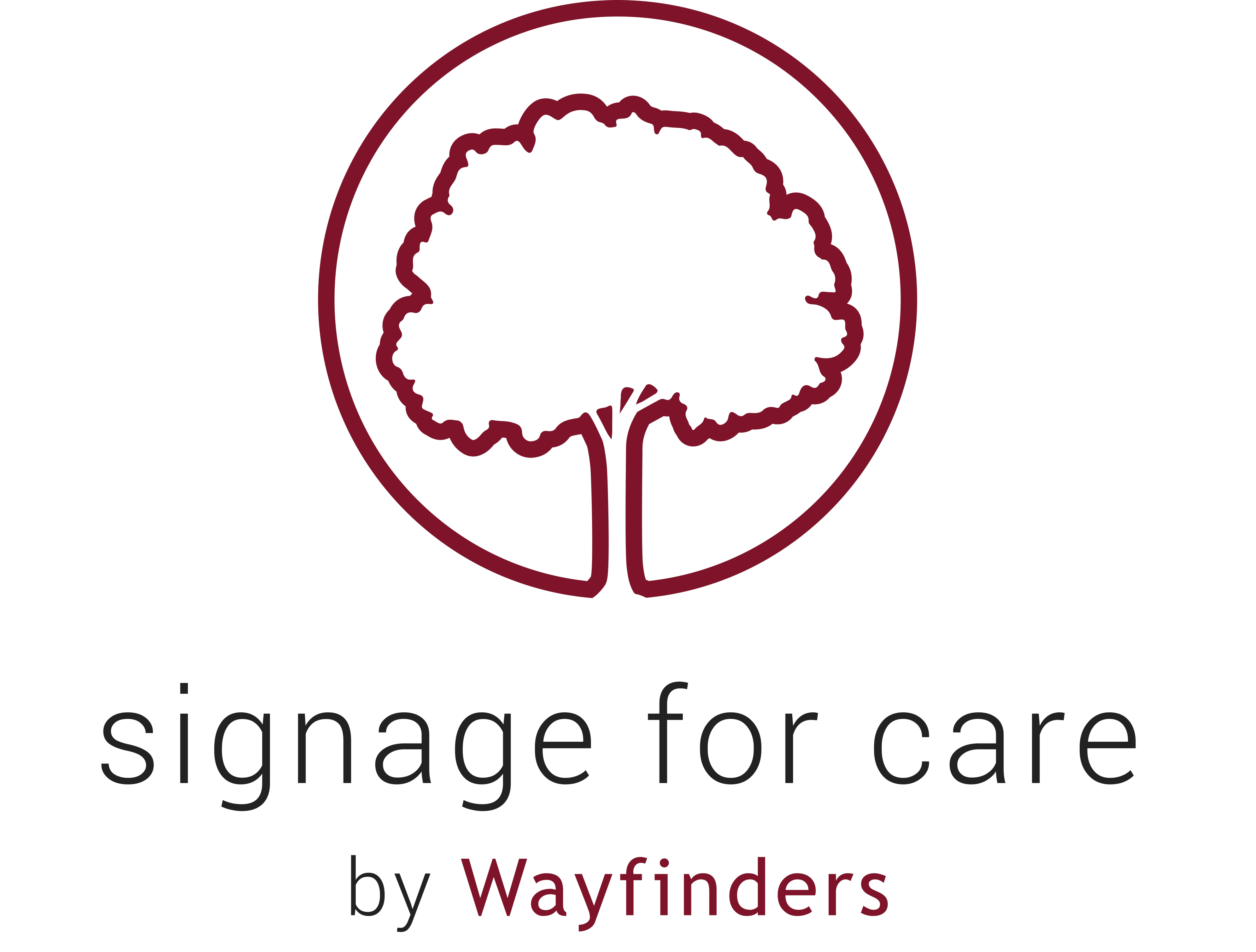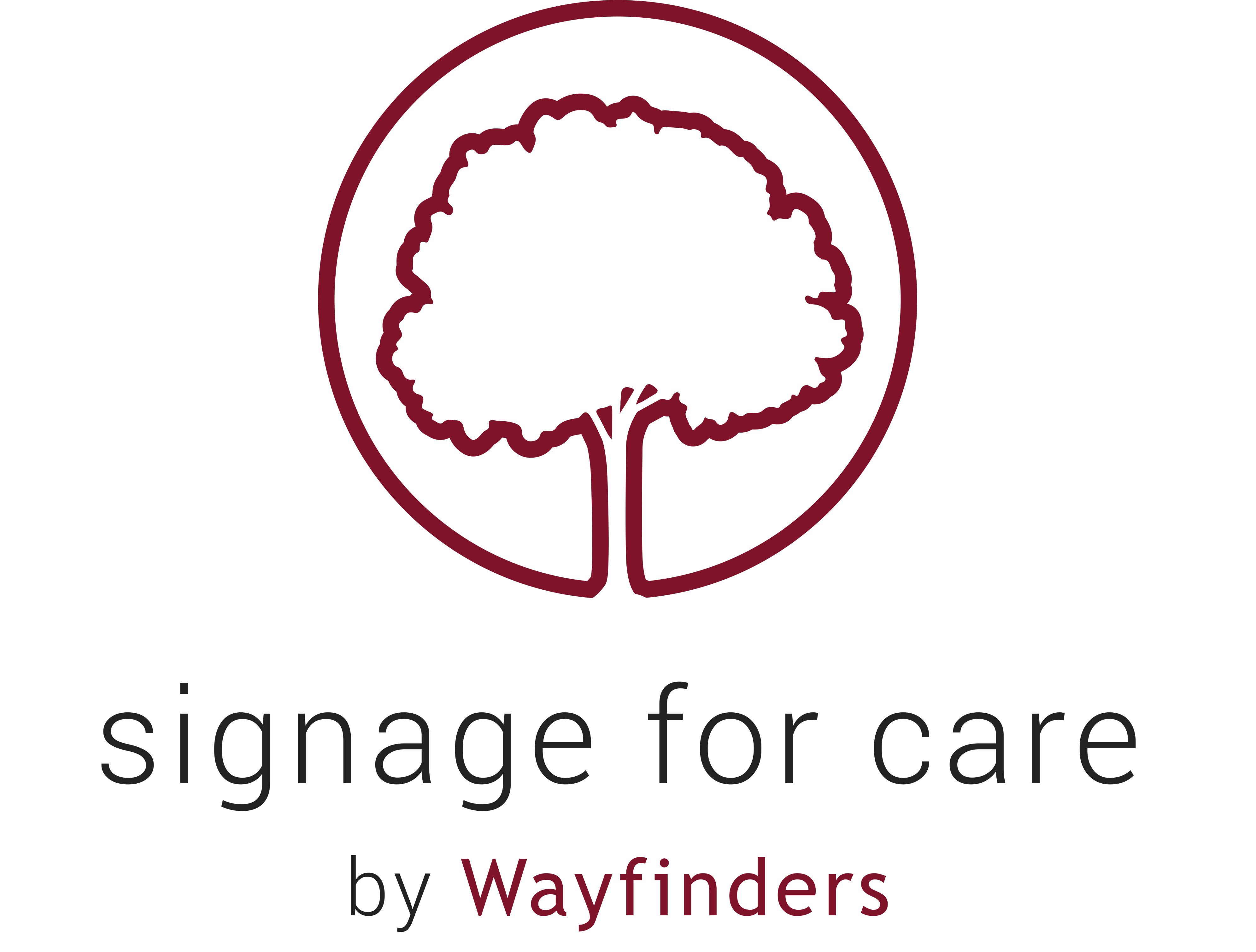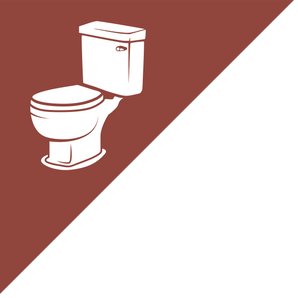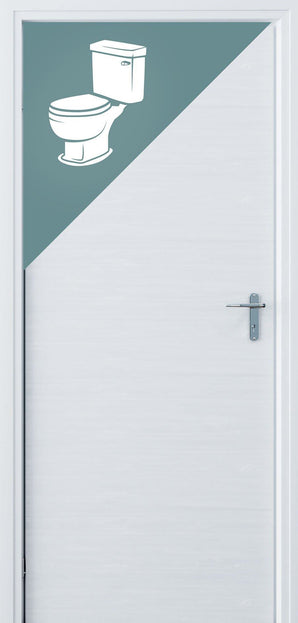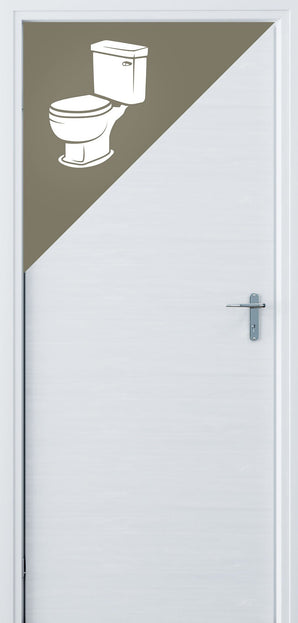Step 1: Identify your Wayfinding Strategy

Mastering wayfinding in care homes requires a thoughtful approach. Fortunately care homes nearly always follow a 'flow' that we at SignageforCare have analysed to death. So we can skip the analysis and tell you exactly what to do and why. Effective wayfinding in care homes is more than just a series of signs; it's a carefully crafted strategy that ensures residents and visitors can navigate the space with ease and dignity. Unlike commercial or public spaces, care homes require unique considerations to cater to the needs of both residents and their visitors. Here’s how to implement a robust wayfinding strategy for care homes.
1. A Hierarchical Approach: The Foundation of Care Home Wayfinding
Care homes almost always require a hierarchical wayfinding strategy. This means organizing the environment into logical layers that help users navigate step by step, rather than presenting too much information at once. The hierarchy refers to the hierarchical organisation of information for wayfinding purposes.
For example, larger areas like wards, wings, or houses serve as primary destinations. Once a user reaches the right ward, signs can guide them to smaller, more specific locations, such as communal spaces, amenities, or bedrooms. This approach not only simplifies navigation but also reduces cognitive load, making it especially helpful for elderly residents who might find complex environments overwhelming.
In multi-story environments the floor will precede the ward as a primary destination. More on this when we discuss destination schedules.

Whether single or multi-story, a care home should always use a hierarchical information strategy.
2. Nomenclature: The Power of Names
Clear and consistent naming is critical in a care home setting. Using intuitive and familiar terms for areas—like "Ward A," "Oak House," or "Daffodil Wing"—provides an easy framework for orientation.Once these names are established, they can be used to create a natural hierarchy:
Primary Destinations: Wards or wings, which anchor the wayfinding strategy.
Secondary Destinations: Communal spaces within those wards, like sitting rooms or dining areas.
Tertiary Destinations: Private bedrooms or smaller, specific areas like storage closets.
By directing users first to primary destinations (e.g., "Go to Rose Wing") and then narrowing the focus to secondary or tertiary destinations, the strategy becomes logical and easy to follow.
3. Progressive Disclosure: Simplifying Information at Every Step
Progressive disclosure is a cornerstone of effective wayfinding. It involves revealing information in manageable stages, avoiding overwhelming users with too many choices or details upfront.
In a care home, this means:
1) At the entrance, signs should provide broad guidance, such as the names of wards or main amenities like "Reception," "Dining Area," or "Lift & Stairs."
2) Once inside a ward, signs can then focus on guiding users to specific communal spaces or bedrooms.
3) Within a room or hallway, smaller details, such as door numbers or personal identifiers (e.g., resident names), complete the journey.This layered approach ensures that both residents and visitors can navigate the environment without confusion.
4. Designing for the Users: Residents vs. Visitors
When designing a wayfinding strategy for care homes, it’s essential to consider the needs of two distinct user groups:
Residents: Typically, residents will be looking for amenities within the care home, such as sitting rooms, dining areas, or activity spaces. Their ability to navigate can vary significantly, so signs should be designed with clarity, simplicity, and familiarity in mind. Icons, color coding, and tactile elements can be helpful.
Visitors: Visitors are more likely to seek out specific bedrooms, communal areas, or ways to exit the building. However, care homes often need to manage how exits are presented to avoid upsetting residents who cannot leave.
To guide visitors out of the building without emphasizing exits, signs should focus on destinations like "Reception," "Lift & Stairs," or other neutral terms. This subtle approach maintains a sense of security for residents while ensuring visitors can leave easily.
5. The Emotional Component of Wayfinding in Care Homes
Care homes are not just functional spaces; they are homes for their residents.
A good wayfinding strategy respects this by creating a sense of safety, familiarity, and independence. For example, avoiding overt signage for exits helps maintain a secure environment for residents who cannot leave, while directing users to ammenities a visitor will associate with the exit (IE Stairs, Lift or Reception) still allows visitors to find their way out discreetly.
Empathy and understanding should guide every aspect of the strategy, from the language used to the placement of signs.


Practical Takeaways
- You'll be using a hierarchical approach to wayfinding: Home > Floor > Ward > Room.
- We'll use the lift, stairs and reception to guide visitors out of the home
- The hierarchical strategy allows us to NOT direct a user to 'everything' all at once. We can use progressive disclosure.
- On the next post we'll explain exactly how to do that.
